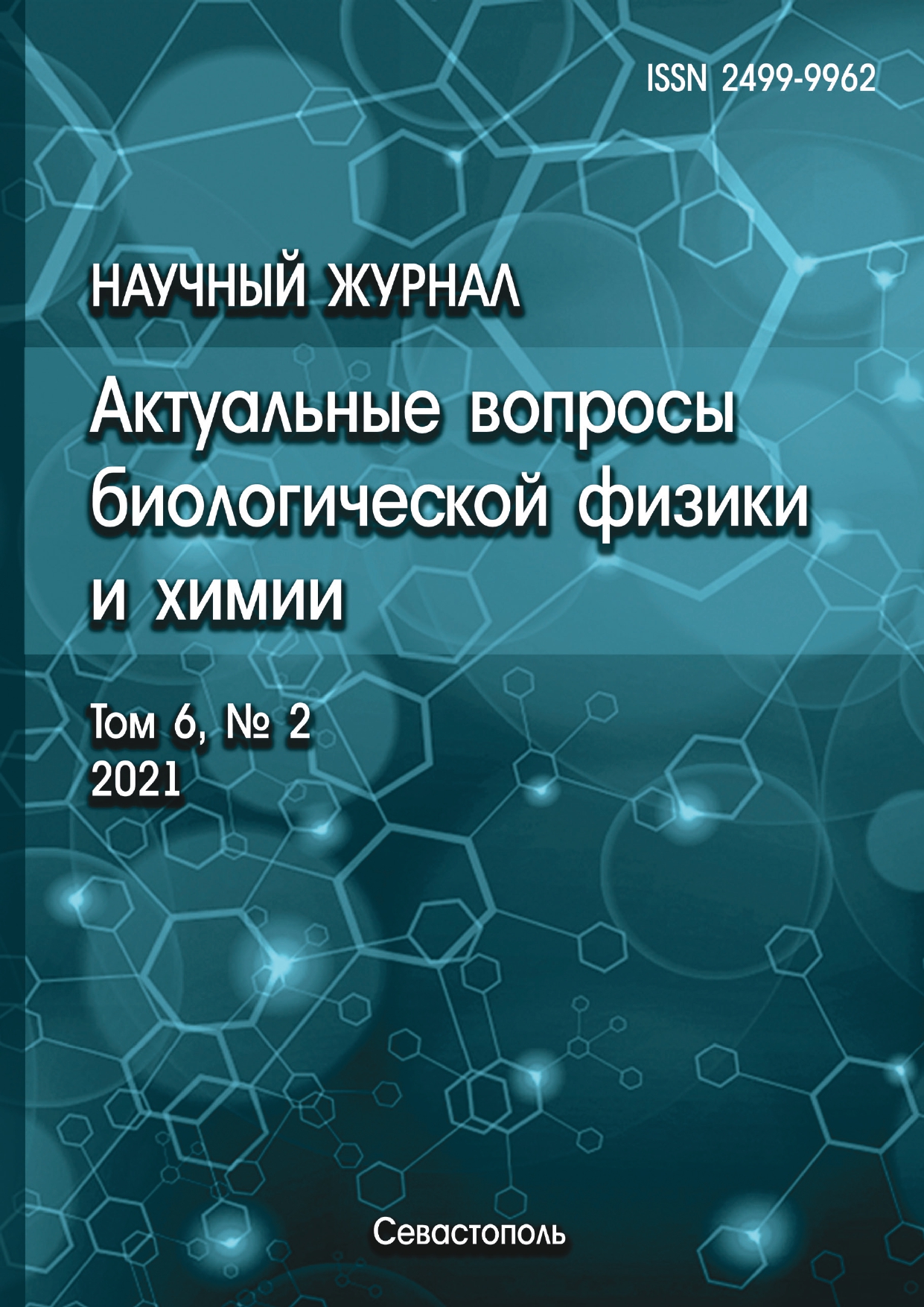He article presents the results of comprehensive studies of structure and vibrational IR spectrum of 2-benzylphenol. The IR spectra of 2-benzylphenol were measured on a Bruker IFS-88 Fourier spectrometer in the region of 400 - 4000 cm-1 in the temperature range of 11 - 335 K in stable, metastable, and liquid phases. Structural-dynamic models of one of the conformers of the 2-benzylphenol molecule were constructed in harmonic and anharmonic approximations using the density functional theory method implemented in the GAUSSIAN software packages, using the B3LYP funtional and the 6-31g (d) basis. The parameters of the adiabatic potentials of the conformer of the 2-benzylphenol molecule were calculated: minimum energy, optimal geometry, mechanical parameters (force constants), electro-optical parameters (components of the dipole moment and the dipole moment itself). The calculated geometrical parameters of the conformer of the 2-benzylphenol molecule correspond to those accepted in structural chemistry and agree with similar parameters calculated by other authors. The frequencies and forms of normal vibrations of the conformer of the 2-benzylphenol molecule and their intensities in the IR spectrum were calculated. It was found that the IR spectrum calculated in the anharmonic approximation is in greater agreement with the measured one, in comparison with the spectrum calculated within the harmonic model. Based on the comparison and analysis of the calculated and measured IR spectra of 2-benzylphenol, their interpretation is given.
2-benzylphenol, IR spectrum, molecule, structure, molecular modeling, anharmonic approximation, normal vibration, frequency, shape, intensity, hydrogen bond
1. Bryan J.C., Delmau L.H., Hay B.P., Nicholas J.B., Rogers L.M., Rogers R.D., Moyer B.A. Cesium Recognition by Supramolecular Assemblies of 2-Benzylphenol and 2-Benzylphenolate. Structural Chemistry, 1999, vol. 10, no. 3, pp. 187-203. EDN: https://elibrary.ru/BCDSBJ
2. Katsyuba S., Chernova A., Schmutzler R. Vibrational spectra and conformational isomerism of calixarene building blocks: 2-benzylpheno. Org. Biomol. Chem., 2003, no. 1, pp. 714-719. DOI: https://doi.org/10.1039/b211164k; EDN: https://elibrary.ru/LHTSBD
3. Baran J., Davydova N.A., Drozd M. Hydrogen-bonded 2-benzylphenol and its crystalline polymorphism. Phys. Scr., 2019, no. 94, 085403. DOI: https://doi.org/10.1088/1402-4896/ab1829; EDN: https://elibrary.ru/OIXALP
4. Kon V. Elektronnaya struktura veschestva - volnovye funkcii i funkcionaly plotnosti. UFN, 2002, t. 172, № 3, s. 336-348. @@Kon V. Electronic structure of matter - wave functions and density functionals. UFN, 2002, vol. 172, no. 3, pp. 336-348. (In Russ.)
5. Popl Dzh.A. Kvantovo-himicheskie modeli. UFN, 2002, tom 172, № 3, s. 349-356. @@Popl J.A. Quantum-chemical models. UFN, 2002, vol. 172, no. 3, pp. 349-356. (In Russ.)
6. Frisch M.J., Trucks G.W., Schlegel H.B. et al. Gaussian03, Revision B.03; Gaussian, Inc., Pittsburgh PA. 2003, 302 p.
7. Iogansen A.V. IK spektroskopiya i opredelenie energii vodorodnoy svyazi. Vodorodnaya svyaz'. M.: Nauka, 1981, s. 112-155. @@Iogansen A.V. IR spectroscopy and determination of hydrogen bond energy. Hydrogen bond. Moscow: Nauka, 1981, pp. 112-155. (In Russ.)
8. Babkov L.M., Puchkovskaya G.A., Makarenko S.P., Gavrilko T.A. IK spektroskopiya molekulyarnyh kristallov s vodorodnymi svyazyami. Kiev: Naukova dumka, 1989, 160 s. @@Babkov L.M., Puchkovskaya G.A., Makarenko S.P., Gavrilko T.A. IR spectroscopy of molecular crystals with hydrogen bonds. Kiev: Naukova Dumka, 1989, 160 p. (In Russ.)










